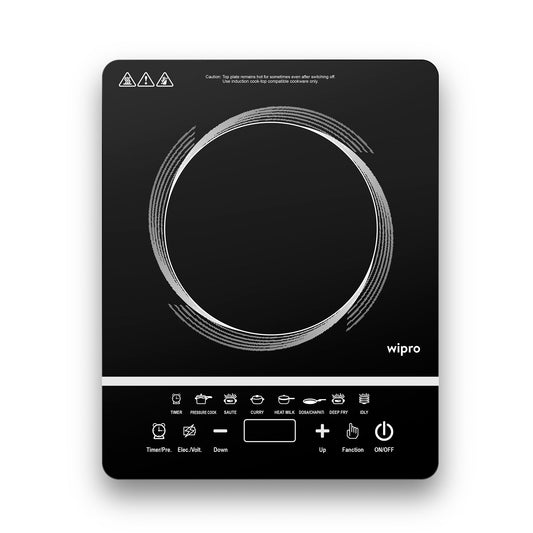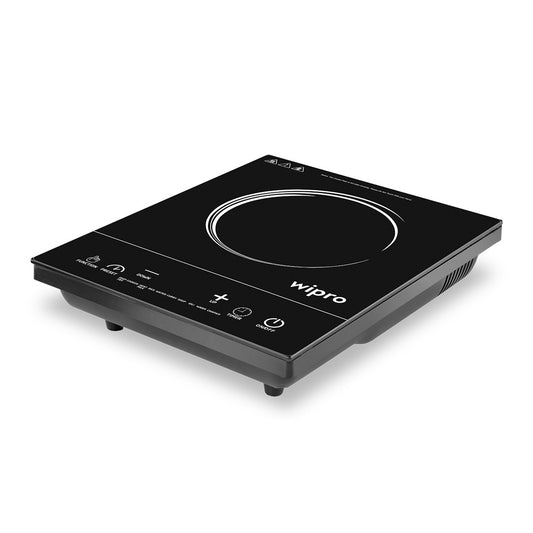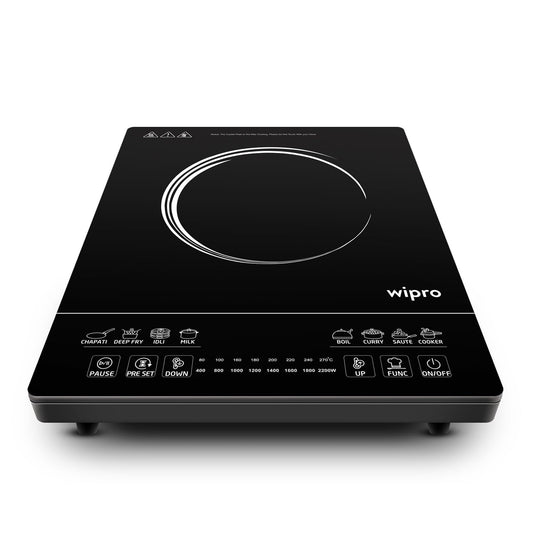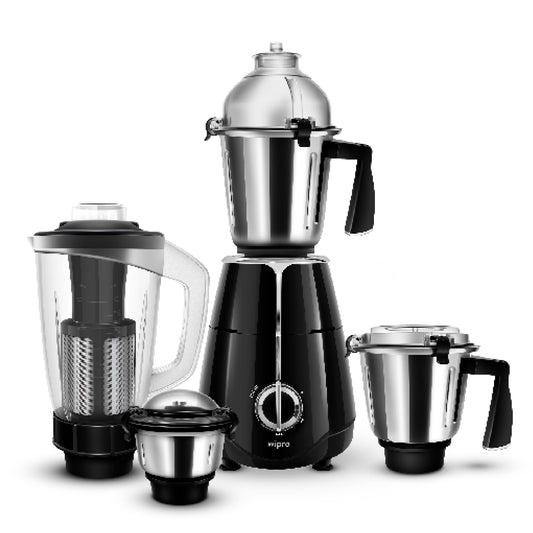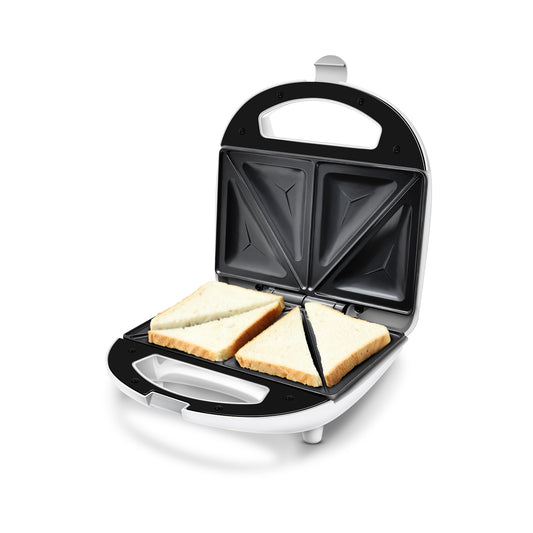Rising electricity bills are a common concern for many households, especially when it comes to kitchen appliances that are used daily. Among these, induction cooktops have gained popularity because they are faster, safer, and more energy-efficient than traditional stoves. But even with these advantages, many people wonder, how does an induction stove work, and how can you cook on it without racking up high power bills?
The good news is that with the right cooking habits, you can enjoy the convenience of cooking on induction cooktop while keeping energy usage under control. This guide will show you practical tips on how to use an induction cooktop efficiently, explain how an induction cooktop works, and highlight the many induction stove benefits that make it a must-have in modern kitchens.
How Does an Induction Stove Work?
Before diving into energy-saving tips, let’s understand the basics of how an induction stove works. Unlike gas stoves or electric coil stoves, an induction cooktop uses electromagnetic energy.
Here’s how it functions:
-
A copper coil under the cooktop creates a magnetic field.
-
When you place induction-compatible cookware (usually iron or stainless steel) on it, the magnetic field excites the metal molecules.
-
This generates heat directly in the cookware, rather than on the cooktop surface.
-
This direct heating makes induction one of the most efficient cooking technologies, with less energy wasted compared to gas or traditional electric stoves.
Tips to Reduce Electricity Bills While Cooking on an Induction Cooktop:
Cooking on an induction cooktop is already more efficient than gas or traditional stoves. With a few smart practices, you can save even more on your monthly electricity bills.
1. Choose the Right Cookware:
Induction stoves only work with compatible cookware. Use flat-bottomed, induction-ready pots and pans made from stainless steel or cast iron. Thin or warped cookware can waste energy by not making full contact with the cooktop surface.
2. Match Cookware Size to Burner Size:
Using a small pan on a large burner wastes energy. Always match the pot size to the induction zone for maximum efficiency and faster cooking.
3. Use Lids While Cooking:
Covering your pots and pans traps heat, reducing cooking time and energy usage. This simple tip can cut electricity consumption significantly when cooking on induction.
4. Preheat Only When Needed:
Unlike traditional stoves, induction heats cookware almost instantly. Avoid unnecessary preheating, especially for foods that don’t require it, to save energy.
5. Utilise the Preset Menu Functions:
Modern cooktops, like the Wipro Induction Cooktop, come with pre-programmed menus for common Indian dishes. Using these ensures precision cooking without overheating or wasting electricity.
6. Cook in Batches:
If possible, prepare multiple dishes in one go. Cooking in batches uses residual heat more effectively and avoids repeated reheating, saving electricity.
7. Clean the Cooktop Regularly:
Dirt or food spills can interfere with heat transfer. Keeping the glass plate clean ensures efficient performance and reduces unnecessary energy draw.
8. Use the Right Temperature Settings:
Induction stoves allow precise temperature control. Cooking at extremely high temperatures when not required wastes energy and can overcook food. Stick to optimal heat levels for each dish.
9. Switch Off Immediately After Use:
Induction cooktops cool down faster than other stoves. Always switch off as soon as cooking is done to avoid unnecessary electricity consumption.
Induction Stove Benefits:
Switching to induction cooking isn’t just about reducing bills, it comes with a host of other benefits too:
-
Energy Efficiency: Up to 90% of the energy goes directly into cooking food.
-
Speed: Heats cookware almost instantly, reducing cooking times.
-
Safety: Cooktop surface remains relatively cool, reducing burn risk.
-
Precision Cooking: Temperature settings allow perfect results every time.
-
Cleaner Kitchen: No smoke or open flame, making it ideal for modern homes.
If you’ve been wondering how to tighten your electricity bills while enjoying efficient cooking appliances, an induction stove is one of the smartest investments you can make.
Wipro Induction Cooktop – Smart Kitchen Appliance for Efficient Cooking:
When it comes to choosing a reliable induction stove, the Wipro Induction Cooktop stands out with its blend of performance and energy-saving features:
-
Smart Sensor Touch Control – Easy to operate with modern convenience.
-
Crystal Glass Plate – Elegant design that’s durable, easy to clean, and stylish in your kitchen.
-
2000W Power – Enables faster cooking while saving up to 4x energy compared to traditional cooking methods.
-
Precision Temperature Control – Perfect heat settings to match your recipes.
-
Seven Pre-Programmed Indian Menu Functions – Cook common dishes like curries, dosas, and rice with just one touch.
-
Corded Electric Power Source – Reliable and efficient for everyday cooking.
-
Premium Glass Material – Ensures both durability and a classy kitchen aesthetic.
Cooking smarter means saving both time and money. With the right techniques, cooking on an induction cooktop can significantly reduce your electricity bills while still giving you faster, safer, and tastier results.
By understanding how an induction cooktop works, matching cookware correctly, using lids, and leveraging pre-set functions, you’ll enjoy all the induction stove benefits without worrying about high energy usage. And with a reliable appliance like the Wipro Induction Cooktop, you get both performance and efficiency, making it one of the most valuable kitchen appliances for modern homes.
FAQ
-
Does an induction stove consume more electricity than gas stoves?
No. Induction stoves are more efficient because they transfer heat directly to the cookware. This makes them faster and more energy-saving compared to gas.
-
Can all cookware be used on an induction cooktop?
No. Only induction-compatible cookware, typically stainless steel or cast iron with flat bottoms, works properly on induction cooktops.
-
How to use an induction cooktop for the best efficiency?
Always match pot size to the cooking zone, use lids to reduce cooking time, and select the right preset functions for energy-saving precision.
-
Are induction stoves safe for children?
Yes. Induction cooktops are safer because the surface remains relatively cool, and heat is generated only in the cookware.
-
What are the long-term benefits of the induction stove?
They include lower electricity bills, faster cooking, precise temperature control, improved safety, and cleaner kitchens compared to gas or coil stoves.























































































































































































































































































































































































































































































































